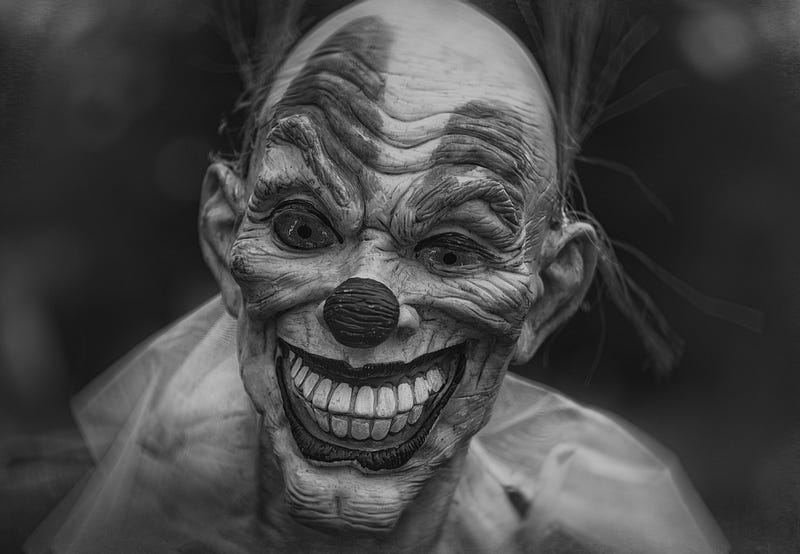How to Write Like Steven King: A Comprehensive Guide

Are you a budding horror writer looking to tap into the macabre mind of one of the greatest authors of our time? Look no further! In this post, we will cover all the essential elements of Stephen King’s writing style and how to master them.
Introduction
Stephen King is a household name in the world of horror writing. His novels and short stories have captivated readers for decades with their chilling tales and masterful storytelling. But what sets King apart from other horror writers? How does he create such vivid, terrifying worlds and characters?
Overview
- Creating compelling characters
- Building a vivid, terrifying world
- Crafting a captivating plot
- Using vivid imagery and descriptive language
- Writing effective dialogue
- Mastering the art of suspense
Creating Compelling Characters
One of the keys to Stephen King’s success as a horror writer is his ability to create truly compelling characters. In his novels, the reader becomes fully invested in the lives and struggles of the protagonists, which makes their eventual encounters with the supernatural all the more terrifying.
To create compelling characters, King often draws inspiration from real life. Many of his characters are ordinary people who find themselves thrust into extraordinary circumstances, which makes them relatable to the reader. He also uses unique character quirks and flaws to make them feel more real and three-dimensional.
Building a Vivid, Terrifying World
Another aspect of King’s writing that sets him apart is his ability to create a vivid and fully-realized world for his stories. His settings are often small towns or rural areas, which adds to the sense of isolation and danger. He also uses sensory details to bring his settings to life and make them feel real to the reader.
In addition to physical descriptions, King also uses psychological horror to create a sense of unease and fear in his worlds. He often introduces elements of the supernatural or unexplainable, which adds to the sense of danger and uncertainty.
Crafting a Captivating Plot
Stephen King is known for his ability to craft engaging and twisty plots that keep readers on the edge of their seats. His stories often have multiple threads and subplots that come together in unexpected ways, which adds to the sense of suspense and surprise.
To create a captivating plot, King often uses a slow burn approach, gradually building tension and suspense over the course of the story. He also uses unexpected plot twists and red herrings to keep the reader guessing and engaged.
Using Vivid Imagery and Descriptive Language
Stephen King is known for his use of vivid imagery and descriptive language, which adds to the atmospheric and immersive nature of his stories. He uses sensory details and figurative language to create vivid, gruesome scenes that leave a lasting impact on the reader.
To create vivid imagery, King often uses similes and metaphors to compare the characters and events in his stories to everyday objects and experiences. He also uses specific, evocative language to create a sense of place and atmosphere.
Writing Effective Dialogue
Stephen King’s characters are known for their realistic and engaging dialogue, which adds to the authenticity and believability of his stories. His characters speak in a way that feels natural and genuine, which helps the reader connect with them on a deeper level.
To write effective dialogue, King often uses contractions and colloquialisms to make his characters sound more authentic. He also includes pauses and interruptions to add to the realism and tension of conversations.
Mastering the Art of Suspense
Stephen King is a master of suspense, and this is one of the key elements of his writing that sets him apart from other horror writers. He is able to build tension and fear gradually, using a variety of techniques to keep the reader engaged and on the edge of their seat.
To create suspense, King often uses the element of the unknown, leaving certain details and events open to interpretation. He also uses foreshadowing and red herrings to keep the reader guessing and add to the sense of unease.
By following these tips and techniques, you can start to write like Stephen King and create your own chilling tales of horror. Be sure to follow WriterBites on Medium for more helpful tips on crafting a successful horror story.